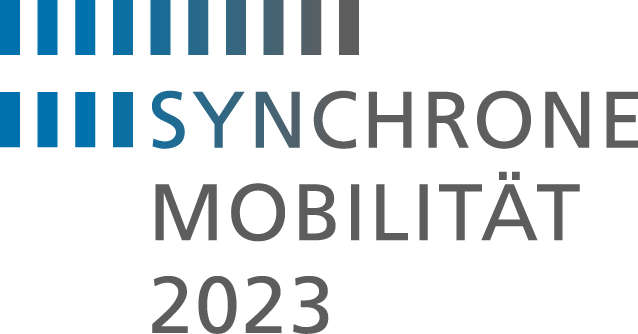
»Synchronized Mobility 2023« was kicked off in September 2015 with the launch of the collaborative project REMAS (Resource management for highly automated urban transport), coordinated by the Fraunhofer IVI. This project unites and orchestrates the development activities from various sectors. More projects are already running, including HarmonizeDD, SYNCAR, IVS-KOM and AULA, all of which are under the coordination of the Fraunhofer IVI. The most recent project SePIA, which started in May 2017, is focusing on testing scenarios for automated driving functionalities.
In addition to the Fraunhofer IVI, BMW, IAV, NXP and FSD are coordinating projects in the »Synchronized Mobility 2023« initiative.
The projects of the »Synchronized Mobility 2023« initiative receive funding from the European Union under the European Regional Development Fund (ERDF), from the state of Saxony as well the German Federal Ministry of Transport and Digital Infrastructure (BMVI). The grant managers are the Sächsische Aufbaubank – Förderbank (SAB) and the VDI/VDE Innovation + Technology GmbH.
The notifications of grant approval for the HarmonizeDD project, signed by Federal Minister Alexander Dobrindt, were handed over in March 2017 on the Dresden digital test field. A total funding of 3.8 million Euros is provided within the »Funding guideline automated and connected driving on digital test fields in Germany« (Förderrichtlinie automatisiertes und vernetztes Fahren auf digitalen Testfeldern in Deutschland) to develop an innovative cloud-based transport system to improve the interaction of conventional and future highly automated vehicles in urban traffic.
Under similar conditions, the project DIGINET-PS received its approval on the digital test field in Berlin for processing and making available traffic information for automated driving. More test fields in urban areas are being set up in Hamburg, Munich, Ingolstadt, Braunschweig and Düsseldorf. The first test field for connected driving is planned at the autobahn A9 in Bavaria. Here, technologies such as assistants for braking and lane guidance will be tested. In city traffic, automated vehicles will additionally have to master complicated situations at traffic lights and crossroads.
The authority for road construction and civil engineering in Dresden (STA) as well as the Saxon state office for road construction and transport (LASuV) are important supporters of the »Synchronized Mobility 2023« initiative.